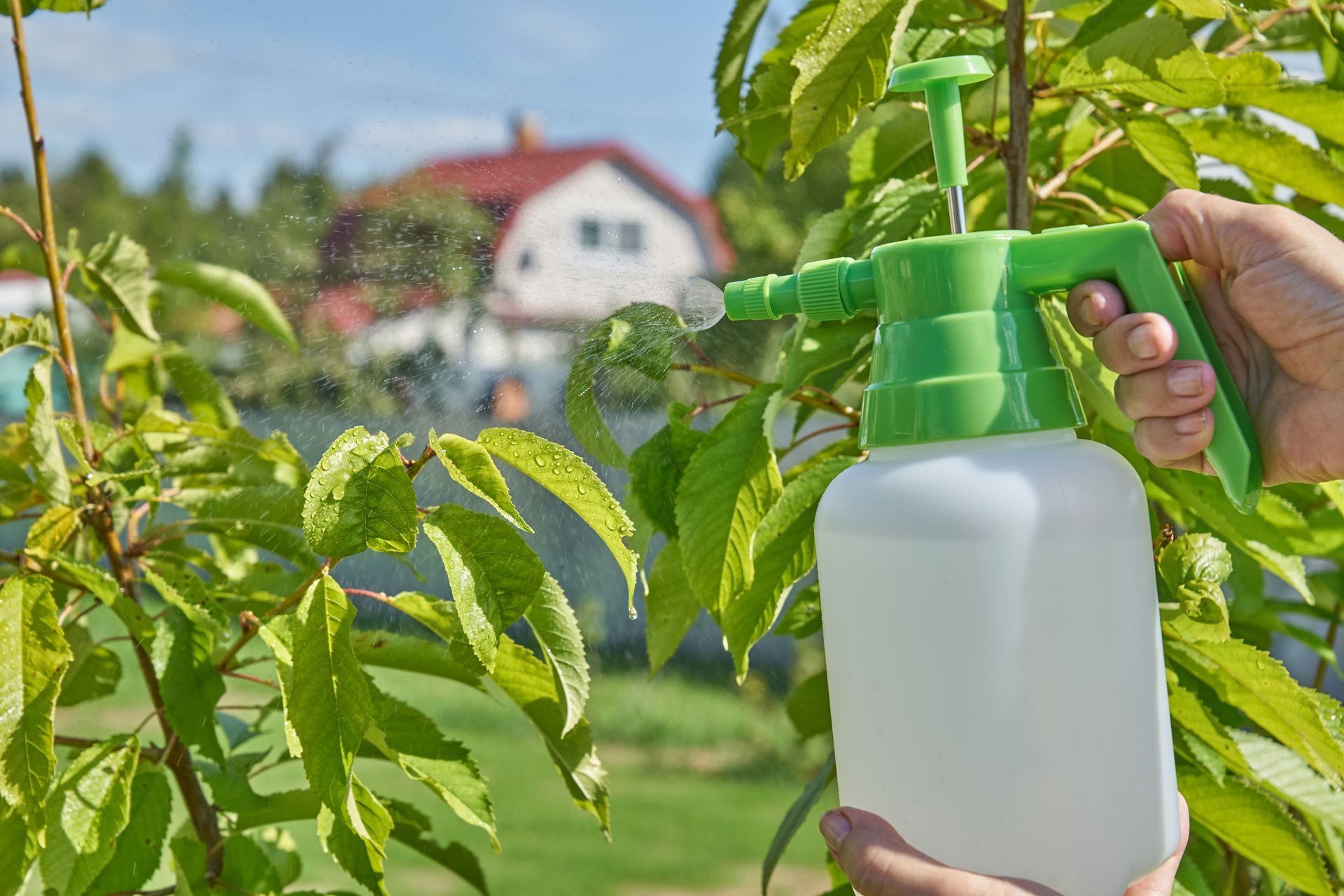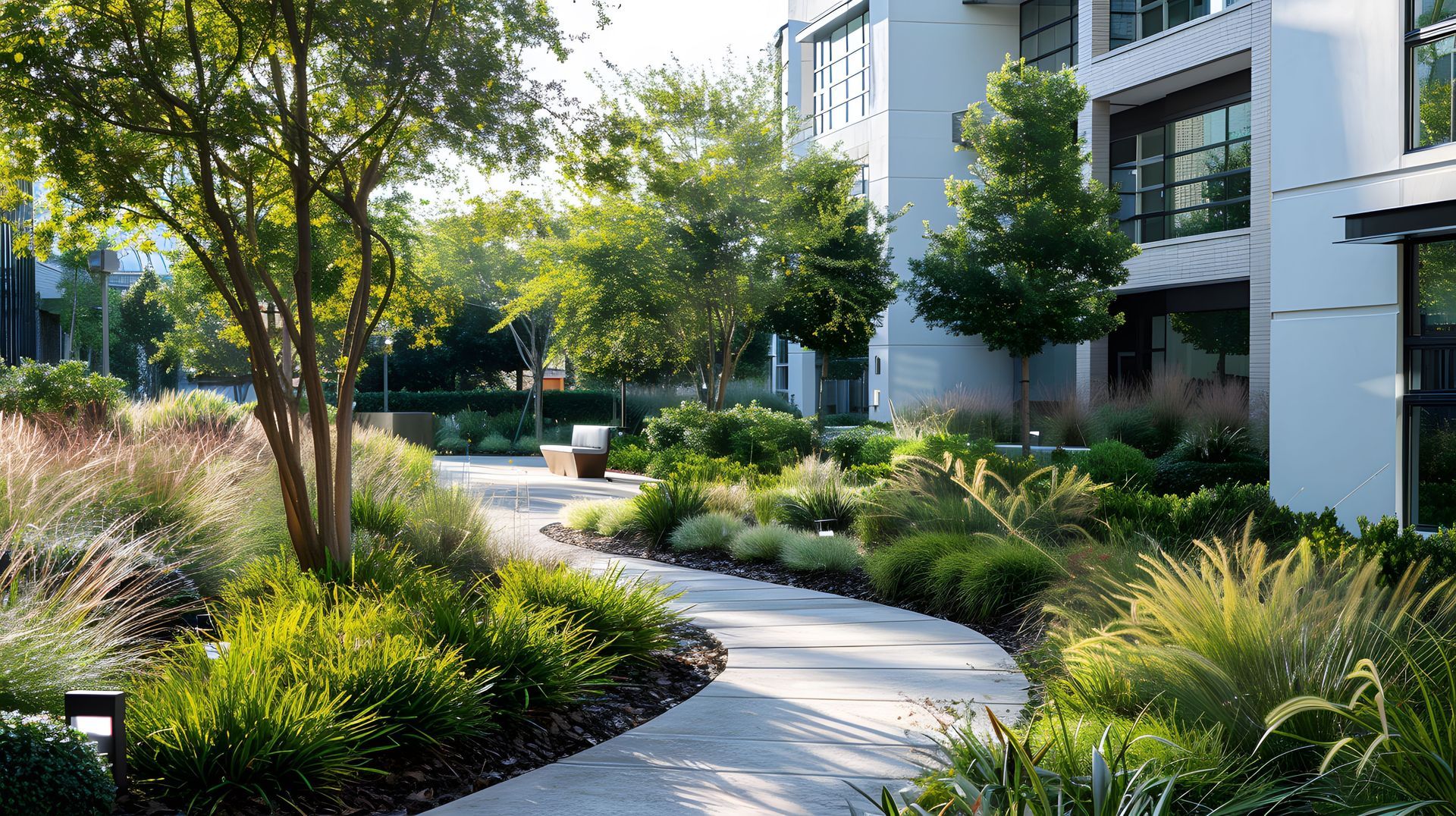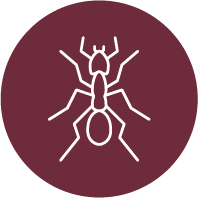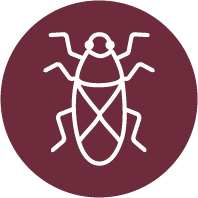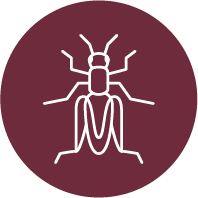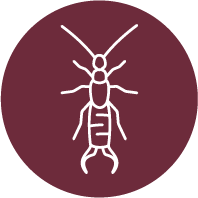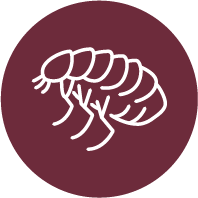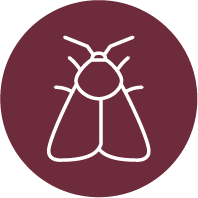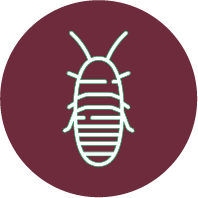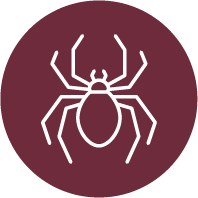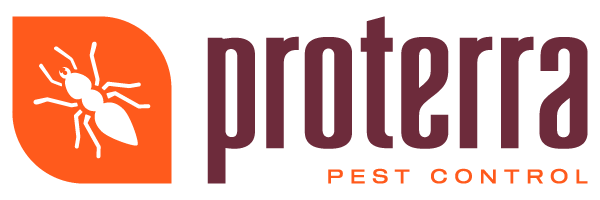Fall Pest Control: Secure Your Home from Invaders
As leaves turn to vibrant hues and temperatures descend, homeowners often revel in the comfort of their cozy abodes. Yet, this seasonal change also signals a period of urgency in safeguarding homes from an array of unwelcome guests. Insects and rodents, in a quest for warmth and sustenance, find an opportune time to infiltrate even the most well-kept residences.
The Critical Role of Yard and Home Maintenance
Maintaining a meticulous yard is more than a pursuit of aesthetics; it serves as a fundamental barrier against pests. Overgrown foliage, littered leaves, and stagnant water create havens for pests. These potential invaders, such as rodents, ants, and spiders, exploit the shelter and camouflage provided by unkempt yards to inch closer to the vulnerabilities of a home.
Proterra, a provider of comprehensive pest control solutions, underscores the significance of preemptive maintenance. Their seasonal services reinforce this preventive strategy, aiming to disrupt the natural progression of pests from outdoor habitats to indoor hideaways.
Tackling the Gutter Gauntlet
Gutters, vital for directing water away from a home's foundation, are an often overlooked battleground in the fight against pests. Clogged with leaves and debris, they offer insects and rodents a moist and organic-rich environment to thrive. Ensured by Proterra's systematic approach to pest management, gutter maintenance involves the clearing of obstructions, thus denying pests the conditions they need to establish themselves.
A home's exterior, once bereft of cluttered gutters, becomes less appealing to pests. This proactive step not only protects structural components from water damage but also diminishes the enticement for pests seeking entry points into a home.
Debris Removal: An Essential Housekeeping Task
Leaf litter and piles of debris act as magnets for pests, providing them with the shelter they seek during cooler months. Proterra’s professional teams advocate for thorough yard cleanup, an essential task in the overarching pest-proofing checklist. By removing leaf piles, sticks, and other yard waste, homeowners effectively strip pests of their natural cover, disrupting their migration towards the home.
Seasonal yard cleanup extends to scrutinizing the property for any additional pest attractions. Items left scattered about, such as unused planters or toys, can accumulate water or organic debris, again presenting ideal breeding grounds for pests. Regularly tending to these items can make a substantial difference in maintaining a pest-free environment.
The Right Way to Store Firewood
The crisp ambiance of a fall evening often calls for a comforting fire. However, a woodpile is a quintessential attractant for pests, offering both a food source and a nesting site. Proterra emphasizes the importance of correct firewood storage to deter these unwanted guests. The key lies in keeping woodpiles elevated, away from the house, and neatly stacked to minimize moisture and inhibit pest harborage.
An elevated structure, ideally at least 20 feet from the home, ensures that any pests within the wood are kept at a distance, reducing the likelihood of them transitioning from the woodpile to the living spaces within the home. Moreover, by maintaining a dry, orderly stack, the environment becomes less conducive to pests, and any irregular activity is more easily spotted and addressed.
Sealing Entry Points: A Home's First Line of Defense
Effectual pest control is rooted in the principle of exclusion. Gaps, cracks, and openings are gateways for pests seeking the warmth of a house. Seasonal inspections and repairs of these vulnerabilities are paramount. Proterra's pest prevention strategy includes scrutinizing homes for these weaknesses and providing solutions, such as weather stripping, caulking, or other sealing methods.
Attention to detail during these inspections can thwart many attempts by pests to breach a home's defenses. Proterra ensures that all potential entry points, including those around utility lines, windows, and doors, are secured, fortifying the home against the seasonal siege of pests.
As autumn's chill prompts a surge in pest activity, homeowners find solace in their protected sanctuaries, thanks to the diligent measures enacted for pest prevention. The synergy of professional pest control services with homeowner vigilance forms an impervious shield, preserving the sanctity and comfort of home life throughout the fall season and beyond. With the collaboration of experts like Proterra and the adoption of effective home maintenance practices, pests are left to seek refuge elsewhere, away from the safeguarded homes of those who have prepared for their arrival.
Don't let pests make themselves at home this fall. Safeguard your property with Proterra's eco-friendly pest control solutions. Our expert team is ready to fortify your home against unwanted visitors. Contact us today to schedule a consultation and learn more about our seasonal services. Your peace of mind is our priority.
